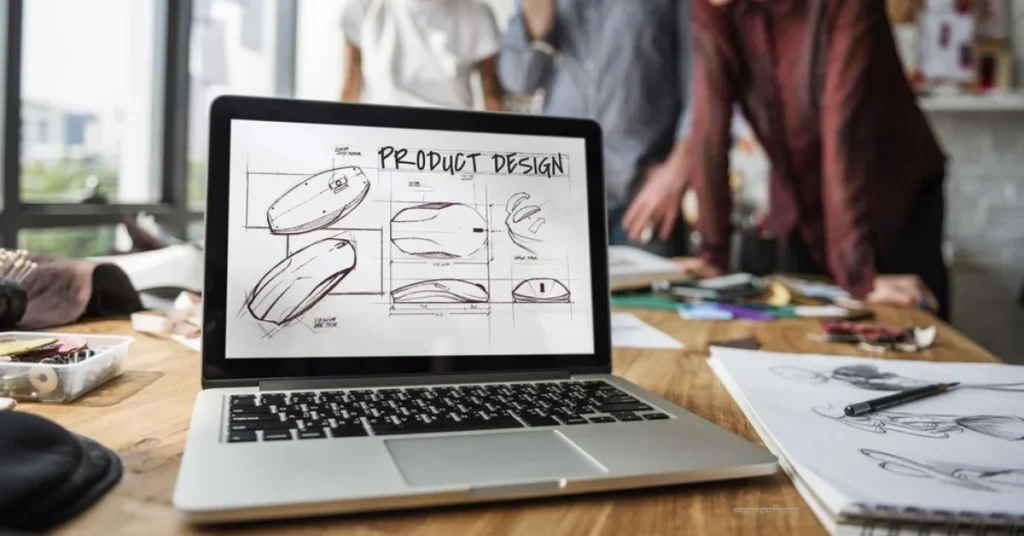Designing a prototype can be difficult, and whether prototype you are new to the product manufacturing industry or just a newbie, you must know what exactly a prototype is and what it provides for your project.
Using prototyping services, a prototype is a replica of a product that is used as a test model or the preliminary model that undergoes several testing procedures. Once passed, you can use your prototype to get feedback from stakeholders, people who you want to invest in your idea, and your target audience.
That said, prototyping goes through several stages to model and evaluate what works. From coming up with an idea to pitching your prototype, all steps are essential to help you achieve and deliver a high-quality product.
The following are 4 tips that can help you design a project for your prototype.
A Prototype Is NOT The Goal, But A Tool
Eureka! – An idea popping in your head is essentially the first step in designing a prototype. If you’ve experienced that Eureka moment, then there are probably times when you can’t remember your idea once you intend to share it. That said, always write down your ideas because ideas fly fast.
A challenging alternative is coming up with an idea for your project. You have to spend a lot of time brainstorming and answering questions about what your product is for, your ideal design, and how it would benefit your audience.
Here are some guide questions that can help you determine your project’s objective and capacity.
- What are the objective/s and expectation/s of your project?
- Who will benefit from your project?
- When do you intend to finish your project?
Having answers to these questions is only the beginning and only provides the foundation of your idea. There are numerous factors to consider in your project, and sometimes, you don’t even need a prototype if it isn’t needed.
Considering factors such as top design trends in the market, customer needs, usability, cost, and your current position in the market, you must streamline your idea generation process. You can do this by thoroughly researching and understanding the potential product’s value, manufacturing cost, and process.
Also, gaining your team’s feedback will give you valuable insights into your project’s technical and marketing.
Again, your prototype is not the goal but merely the tool to show your project’s what, who, and how. These are essential components in creating the foundation of your project by addressing the problems people are currently facing in your target niche and how your product can solve them.
Sketch Before You Build
This may seem like common sense, but some people couldn’t resist the adrenaline rush of their ideas and started tinkering with their projects. Nothing is wrong with the intention, but always remember that you can be more efficient if you work hard and smart. Also, by creating a rough representation of your idea, you can track your progress on your project.
For efficiency’s sake, you must first do extensive research and finalize your idea before putting it on a piece of paper or virtually on a computer program. Creating a concept sketch will help you visualize your prototype in greater detail. As expected, in the early stages, you will have a lot of ideas running in your head, and you’ll save time by sketching them on paper or digitally drawing it.
Also, having a sketch in the early stages serves as documentation when submitting your patent and defending your intellectual property ownership.
Utilize Digital Design Tools
Many designer tools, such as AutoCAD, are used by engineers and other professionals to make 2D and 3D renderings. Sketching your prototype is only efficient for concept purposes. When you have finalized your design, you opt for digital design tools to visualize your prototype accurately.
Application tools such as NVIDIA Iray, CATIA Live Rendering, and Quadro can transform your 3D drawing into a photorealistic prototype. These tools can help you visualize the outcome of your idea. They also serve as a preliminary step in building a physical prototype.
Learn by Doing prototype
Just when everything looks perfect on paper, you notice something’s prototype is not right in your physical prototype. Every innovator encounters this problem because it is one of the most important aspects of design thinking. This is why you must allow enough time to prototype your project. You never know how many roadblocks you encounter in redesigning your prototype to meet desired expectations.
Several issues you may encounter are:
- Structural and functional problems
- Aesthetic issues
- Expanding functionality
- Changing trends in the market
Depending on the complexity of your project, you may need to prototype construct many prototypes. Therefore, start your first prototype with less expensive materials to save money while fixing design flows. As your design improves, you can eventually pour money into the final prototype replicating your product. Consequently, it is shown and gained feedback from investors, stakeholders, and consumers.
Key Takeaway prototype
The tips you have just read will help you design a project for a prototype of your product. From brainstorming to considering prototyping services, each step in launching a product is important and is associative with one another. You should not only invest your time in brainstorming and planning for implementation but also allot effort in understanding feedback.
The feedback from your audience reflects the current trends in product design, and consideration will only bring improvement to your project. Your prototype will always have room for improvement; therefore, you should never stop updating your product. Your product may undergo some changes to be effectively launched in the market. This is also to keep up with the ever-changing industry.
Bonus Tip: When you have finalized your product, apply for a patent within a year before production to protect your intellectual property and prevent plagiarism.




